Would You Let Agents “Cherry Pick” Callers from the Queue?
Not everyone agrees with the idea—but in some situations, allowing agents to “cherry pick” callers can save time and improve the customer experience.
By default, Amazon Connect routes callers to the next available agent. It does not ring all agents simultaneously, and it certainly doesn’t allow agents to choose who they want to speak with.
But what if they could?
A Real-World Use Case
Imagine you’re a technician supporting a customer base using your company’s High-Tech Shiny Gadget. Most callers aren’t very technical. You do your best to walk them through a solution, but sometimes, they need to go back and do “homework”—check which cable is plugged in, see which light is blinking, etc.
They hang up, go do the homework, and call back. But now they’re speaking with a different technician, who has to start from scratch—even if you’re using Amazon Connect Cases or another ticket system.
This is inefficient. It frustrates the customer and wastes valuable technical support time.
Enter “Cherry Picking”
What if the original technician could see that the customer is calling back and simply pluck them from the queue? No rerouting, no retelling the story—just seamless, contextual support.
While you might have a way to route calls by extension number, most contact centers aren’t set up that way. That’s where cherry picking comes in.
Watch the Demo
In the video below (Part 9 of our Amazon Connect 2025 Refresh Series), we walk through:
- How to configure cherry picking in Amazon Connect
- What resources are required
- Key recommendations and potential pitfalls
- A full demonstration of the solution in action
If you’re curious how this could work in your call center—or you want help building it—contact us at DrVoIP.
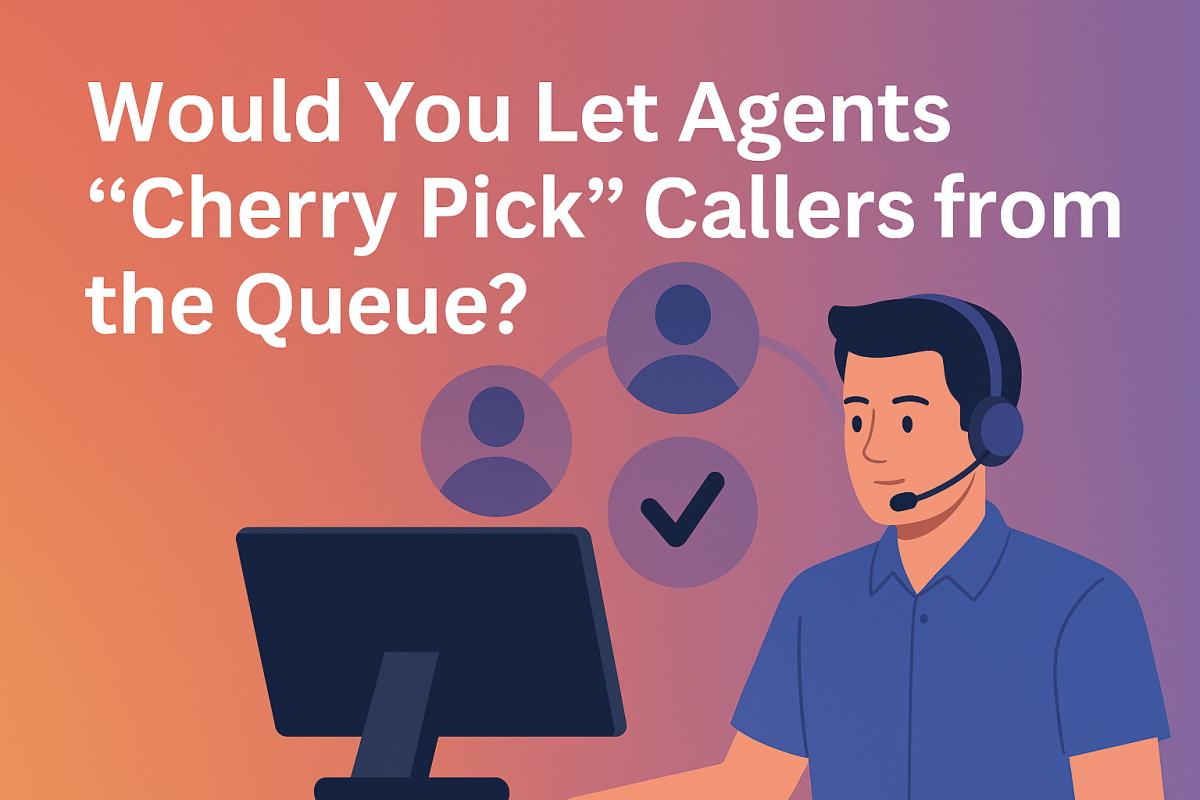


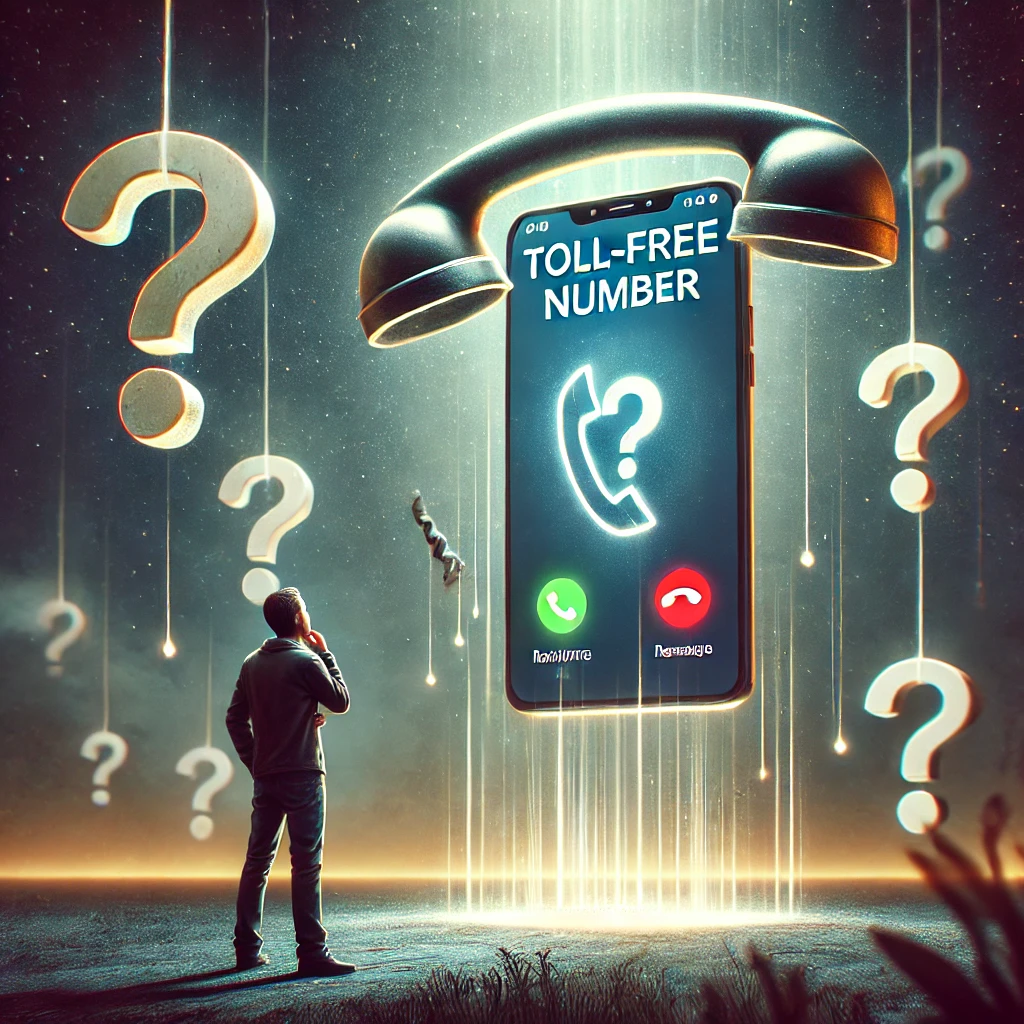

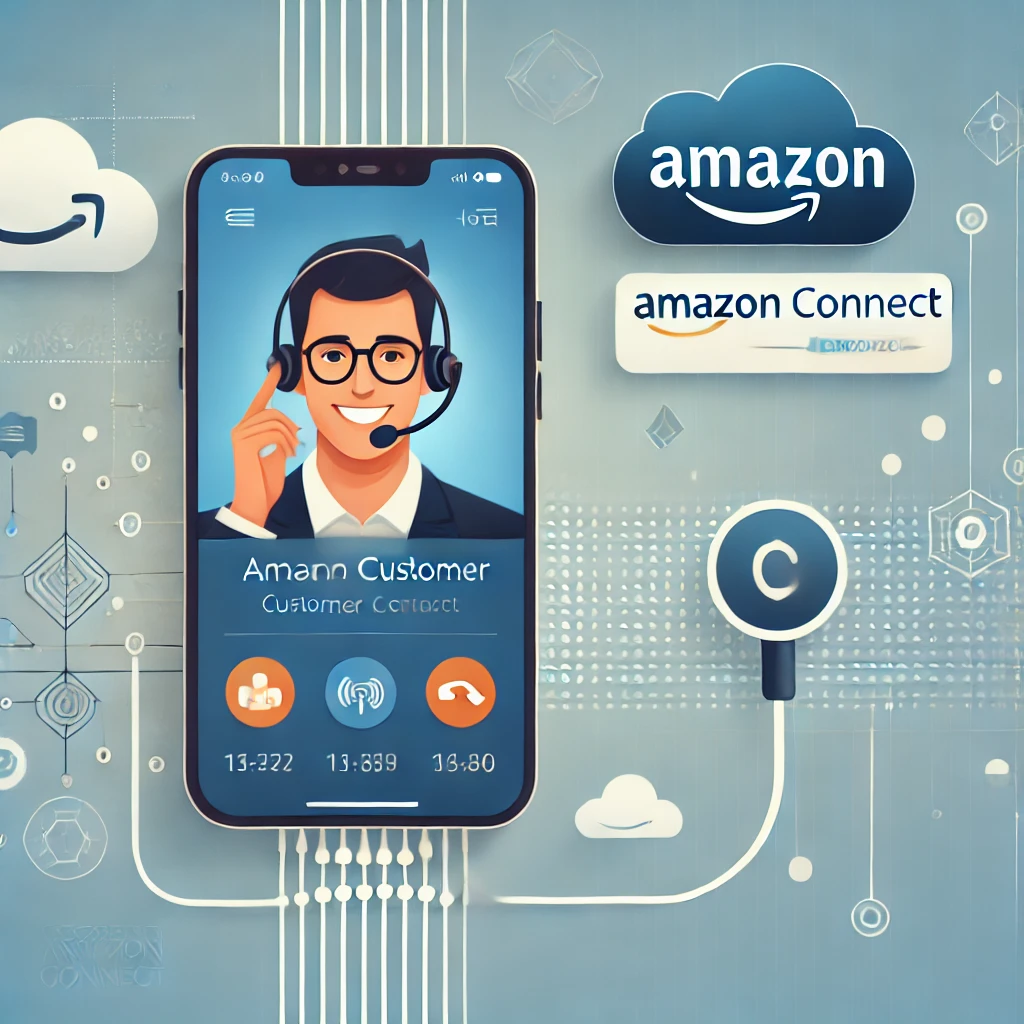



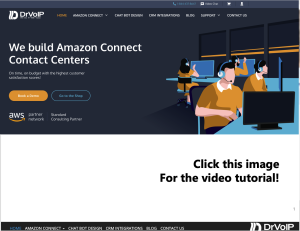

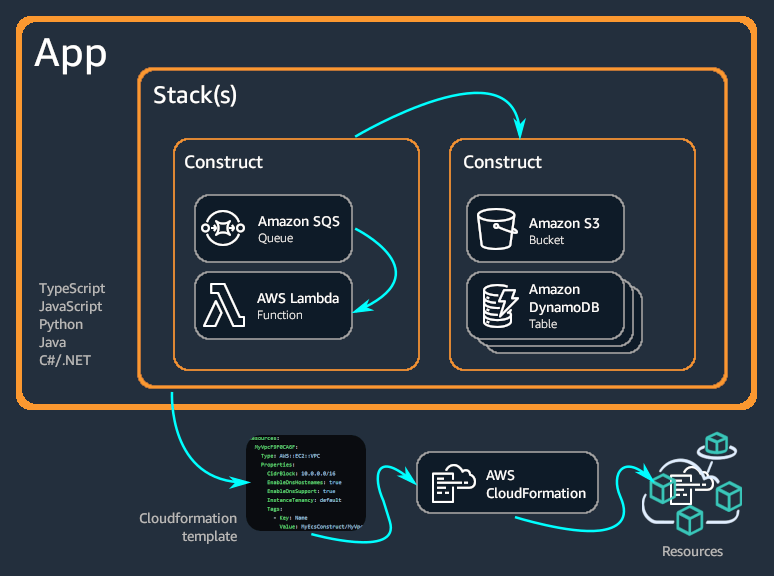
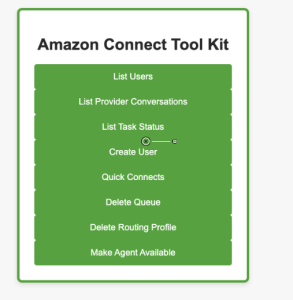
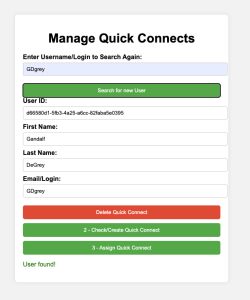 Quick Connects are very useful speed dials for agents, queues and external telephone numbers but they are an actual pain in the head to administer. You quickly learn that creating a quick connect and assigning a quick connect are entirely different tasks. Quick connects are created in the Amazon Connect admin portal. The actual configuration is easy, but assigning the quick connects is twenty acts of vaudeville. Quick connects are assigned by queue. This means you have to open each queue, after you create the quick connect, and select the entry from a drop down list in the queue configuration interface. Not a big deal in a small call center, but if you have hundreds of users and dozens of queues, it is a real pain in the head.
Quick Connects are very useful speed dials for agents, queues and external telephone numbers but they are an actual pain in the head to administer. You quickly learn that creating a quick connect and assigning a quick connect are entirely different tasks. Quick connects are created in the Amazon Connect admin portal. The actual configuration is easy, but assigning the quick connects is twenty acts of vaudeville. Quick connects are assigned by queue. This means you have to open each queue, after you create the quick connect, and select the entry from a drop down list in the queue configuration interface. Not a big deal in a small call center, but if you have hundreds of users and dozens of queues, it is a real pain in the head.